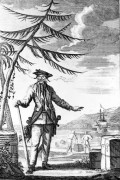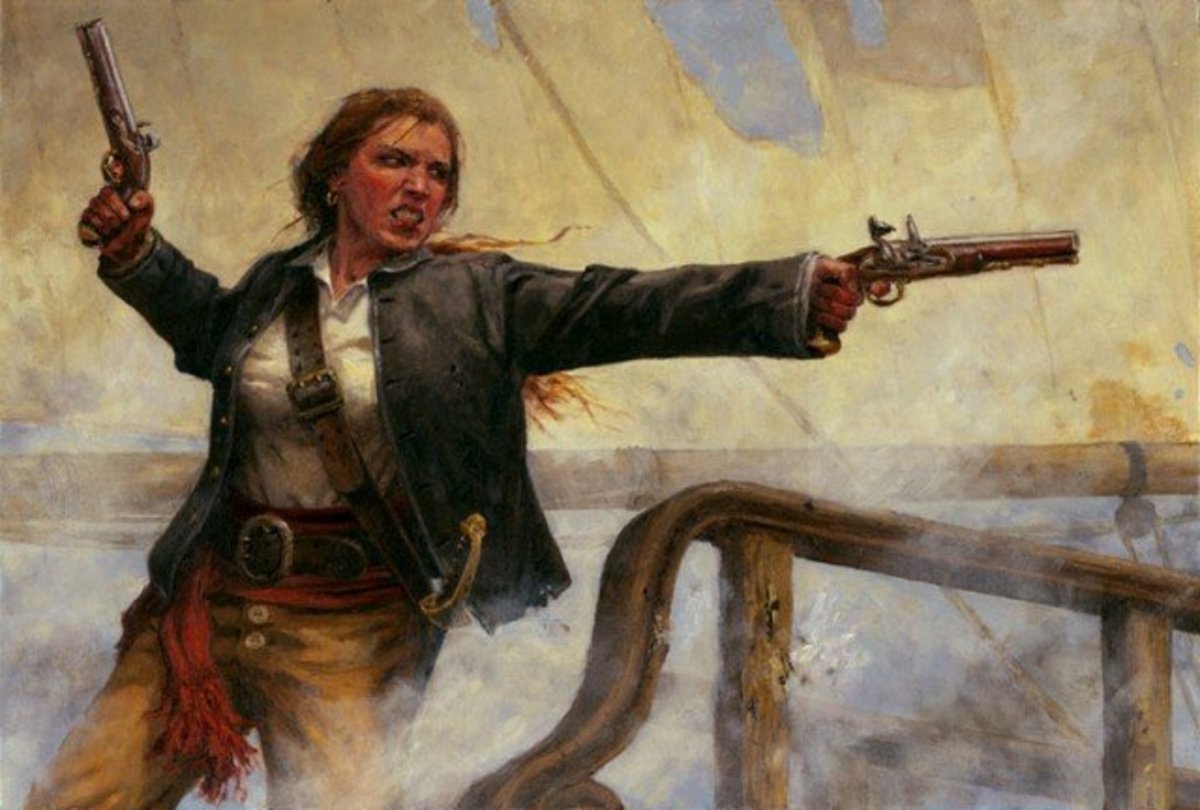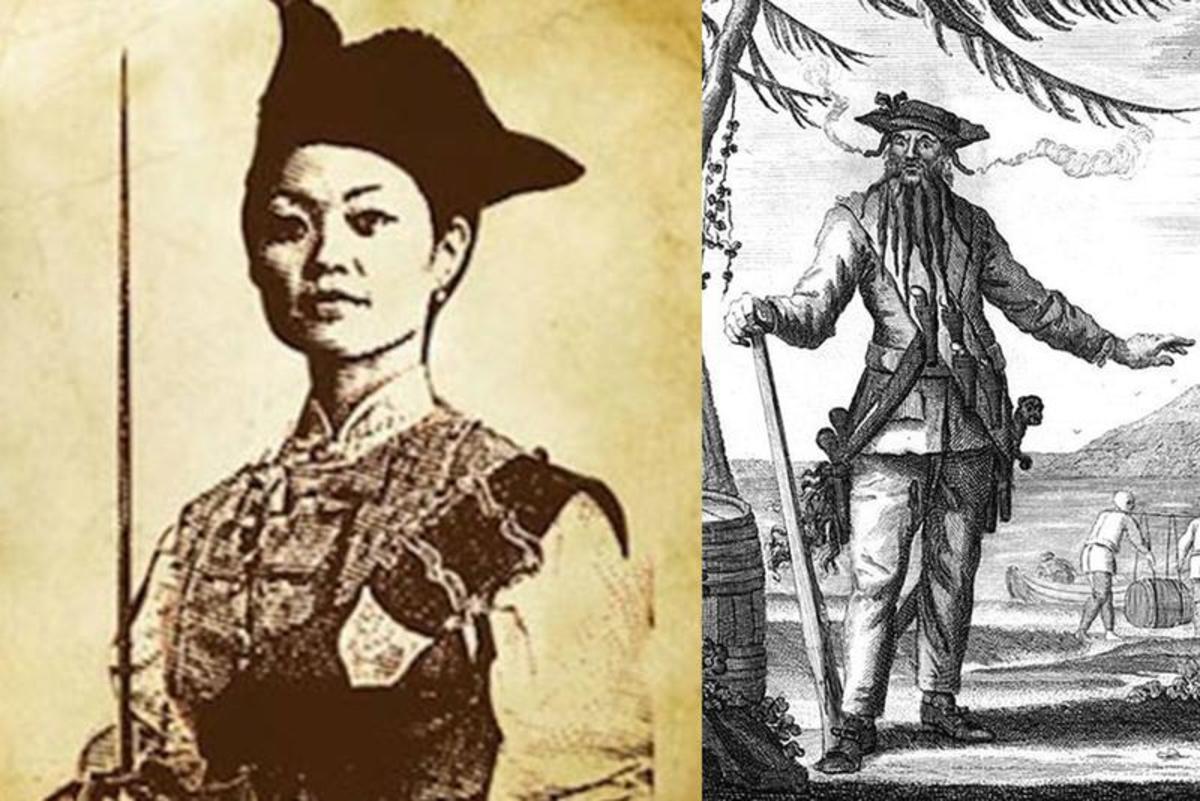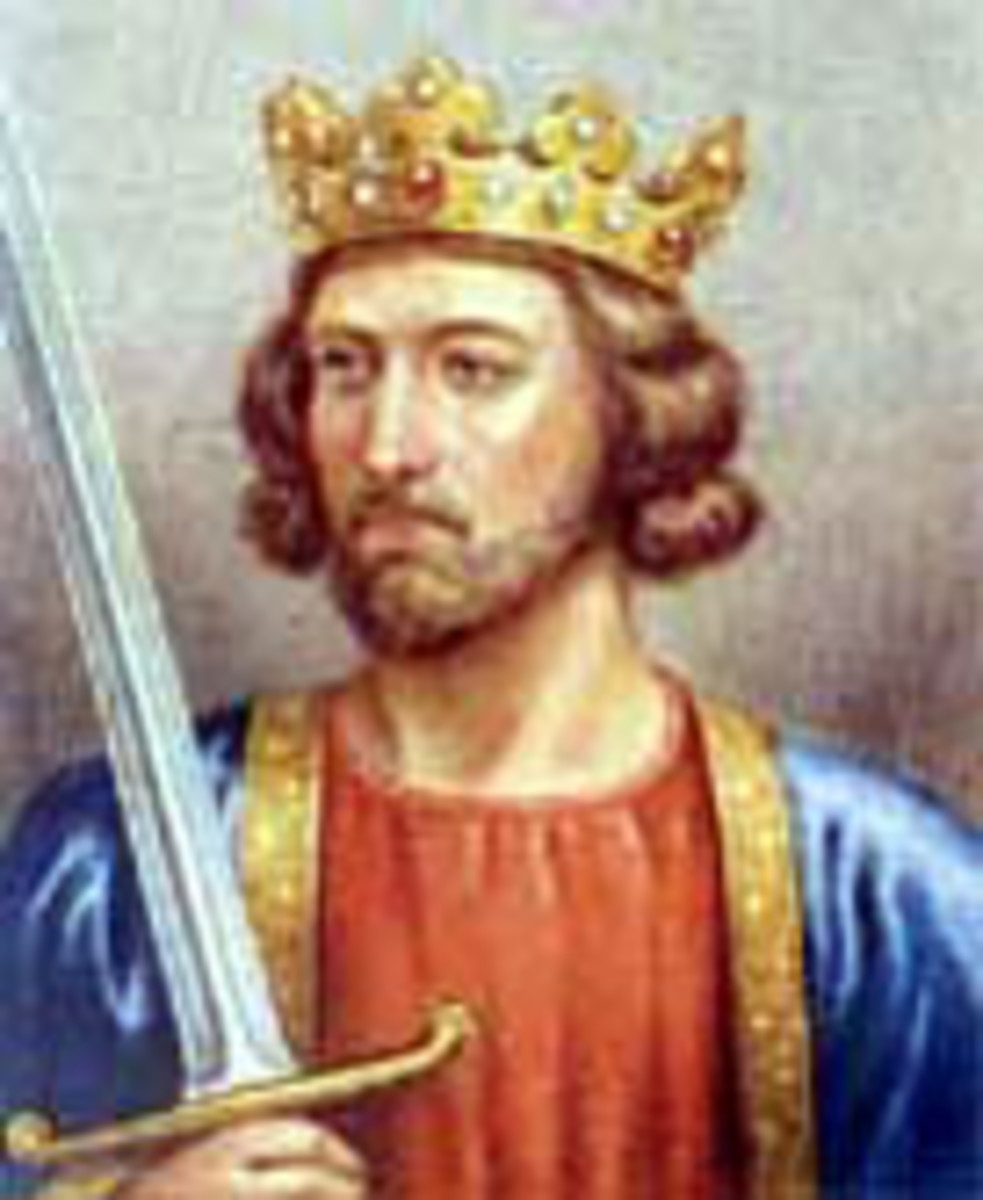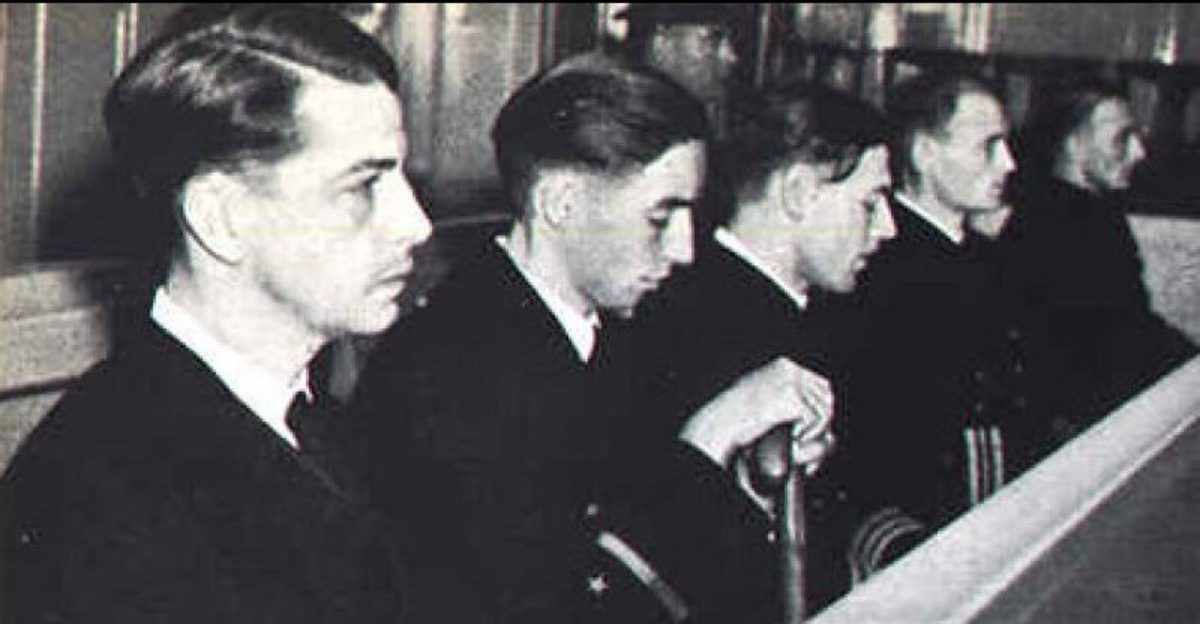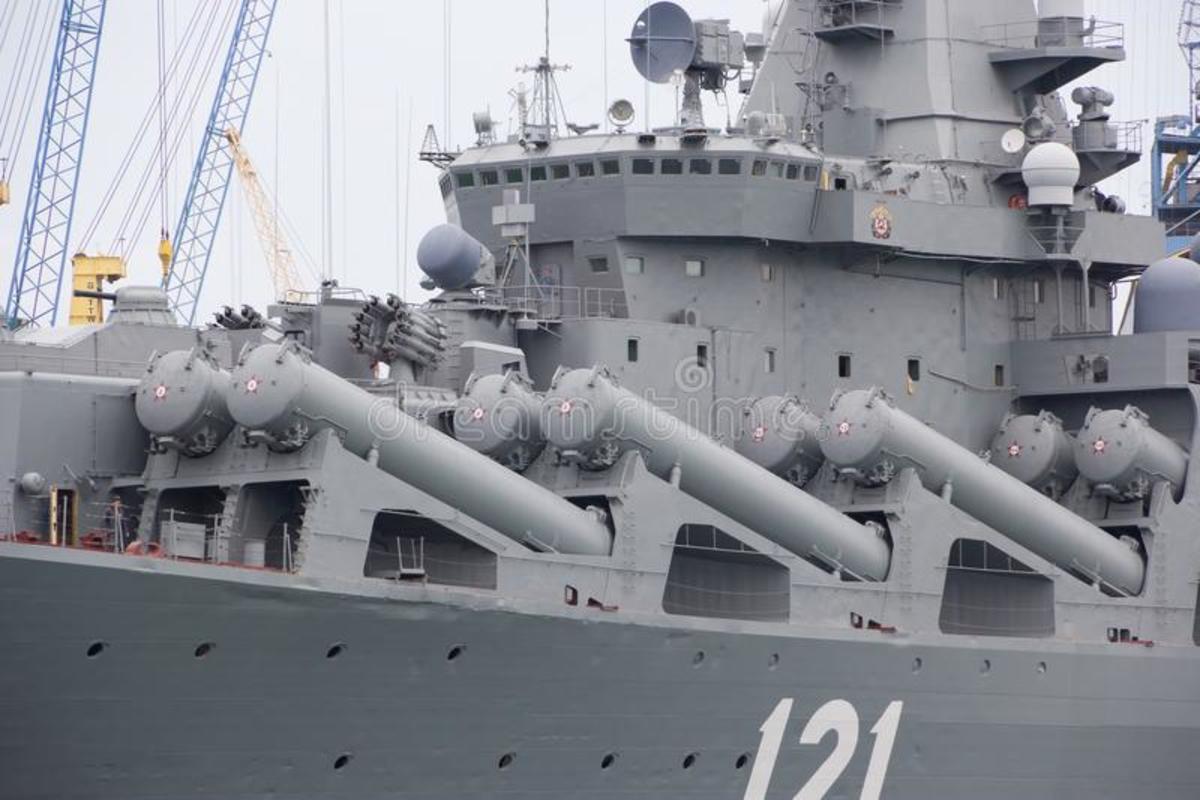- HubPages»
- Education and Science»
- History & Archaeology»
- Military History
Top 15 Real Life Pirates

Ah, pirates. Who doesn’t love them? Well OK, if you’ve ended up being a victim of their plundering and pillaging on the high seas then I’m sure that you probably despise them. The point is that pirates have become a huge staple of pop culture appearing in a vast range of multimedia. And the fact is that your James Hooks, Jack Sparrows, Long John Silvers, and Monkey D. Luffys wouldn’t even exist if it weren’t for the influence of famous, or rather infamous pirates in real life. For this list I have compiled ten figures from the history of piracy who in one way or another made a lasting contribution to the way piracy is perceived today. Keep in mind that there were many, many pirates who sailed the seven seas so if your personal favorite didn’t make the list, sorry about that.
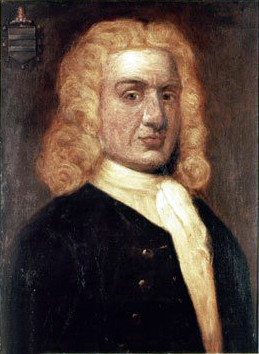
15. William Kidd
Since it is highly debatable whether he truly was a pirate or not, William Kidd (1645-1701) is only number fifteen on the list. He was a privateer most certainly but even in that capacity Kidd was far less destructive, far less lucrative, and far less flashy than any of his contemporaries. Despite this, Kidd essentially ended up a victim of British politics and was imprisoned, tried, and executed by the newly in power Tories who wanted to use him to embarrass Kidd’s former Whig backers. After execution, his body was infamously gibbeted over the River Thames at Tilbury Point. So why did Kidd still make it on the list? Because the influence Captain Kidd has had on pirate lore is phenomenal—most notably, Captain Kidd is the one who popularized the notion of “buried treasure”. Kidd had buried some treasure on Gardiners Island in the hopes of using it as a bargaining tool and since then, legends of Kidd leaving behind mounds of treasure buried somewhere have largely inflated his legend within piracy.
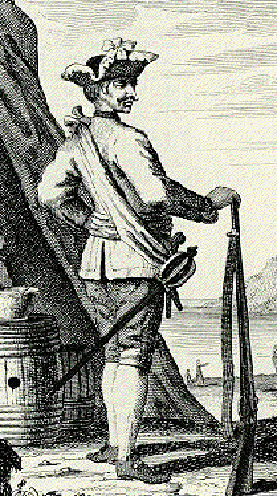
14. George Lowther
George Lowther is one of those pirates highly active and successful during the Golden Age of Piracy, yet not much is known about him. He was active from about 1721 to 1723 but then simply disappeared off of the records at that time—most likely he ended up being marooned. Thus, we don’t know when he was born and we don’t even know specifically when he died. About the only really noteworthy thing about him is that Edward Low sailed under his command for a time, which is why he made the list.
13. Henry Jennings
Henry Jennings is one of a number of former privateers who later turned full-fledged pirate. In Jennings’ case, he first appeared as an English privateer during the War of the Spanish Successon, also called Queen Anne’s War, serving under Lord Archibald Hamilton. Seemingly, he had turned to piracy due to a desire to restore the Stuarts to the English throne. Much like his arch rival Benjamin Hornigold, Jennings is mostly remembered as the mentor of a later more famous pirate, in his case the notorious Charles Vane. Jennings is one of the few pirates who successfully retired, receiving a pardon in Bermuda. He lived out the rest of his life in obscurity before dying in 1745.
12. Benjamin Hornigold
Benjamin Hornigold was active as a pirate from about 1715 to 1718. There really isn’t all that much that can be said about Hornigold—ultimately members of his crew such as Stede Bonnet, Samuel Bellamy, and Hornigold’s first mate Edward Teach would leave much larger legacies in pirate lore. Hornigold retired from piracy in 1718, received a royal pardon, and spent the rest of his life as a pirate hunter before being killed when his ship was wrecked on a reef in a hurricane in 1719. So what puts him at the number nine spot? Well, there was a time when Hornigold’s crew became drunk and tossed all of their hats overboard. In response Hornigold attacked a sloop off the coast of Honduras but left the crew completely unharmed, taking nothing more than all of their hats. That act alone lands him on this list.
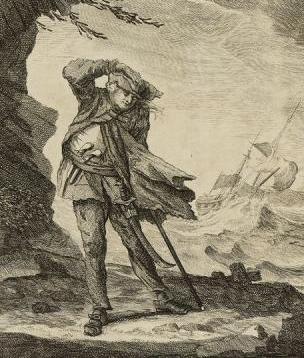
11. Edward Low
Edward “Ned” Low (1690-1724) is arguably the most bloodthirsty, merciless, and violent pirate captain of them all, or at least on this list. Accounts of the tortures Low inflicted on his victims go as far as to force captured sailors into cannibalism before brutally killing them. Even his pirate flag consisting of a red skeleton has come to symbolize his viciousness. On a personal note, before he had turned to piracy Low’s wife had died in childbirth giving birth to their daughter. As such, despite his violent ways, Low always treated women with mercy and never press-ganged married men: he always regretted leaving his daughter behind. All that said, despite Low’s notoriety there is very little of him recorded in history which is why he is only number eight. After a devastating loss against the HMS Greyhound in 1723 where he lost his right-hand man Charles Harris, Low went on a spree of even greater violence to the point where many of his crew outright abandoned him. He simply disappeared in 1724, never to be heard from again.
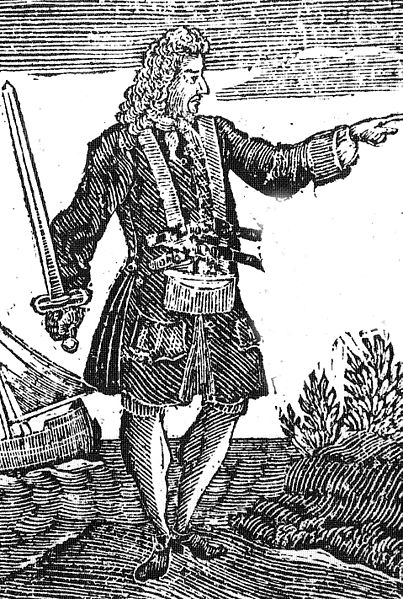
10. Charles Vane
Charles Vane (1680-1721) is remembered as one of the cruelest and most vicious pirates of his area, almost as much as “Ned” Low. Like his mentor Henry Jennings, Vane most likely started out as a privateer under Lord Archibald Hamilton and then later served as a pirate under Jennings. However, when Jennings and many other pirates accepted a pardon in return for leading honest lives, Vane scoffed at the idea and continued on as a vicious pirate. He had very little respect for the pirate code, regularly torturing captured sailors and cheating his own crew. The height of his career would be when he captured Nassau in 1718. He would then ignore another pardon and would unsuccessfully try to court his old friend Edward Teach into joining him in another attack on Nassau. The final blow came for him when Vane mistakenly attacked a French navy Warship. When Vane broke off the flight and fled, many of the more aggressive pirates finally grew fed up with him and deposed him, electing John “Calico Jack” Rackham captain in his stead. In the end, Vane ended up marooned on an island In Honduras bay following a shipwreck, was picked up by an acquaintance that didn’t trust him, turned over to the authorities, incarcerated for a year, tried, hanged and gibbeted in Port Royal.
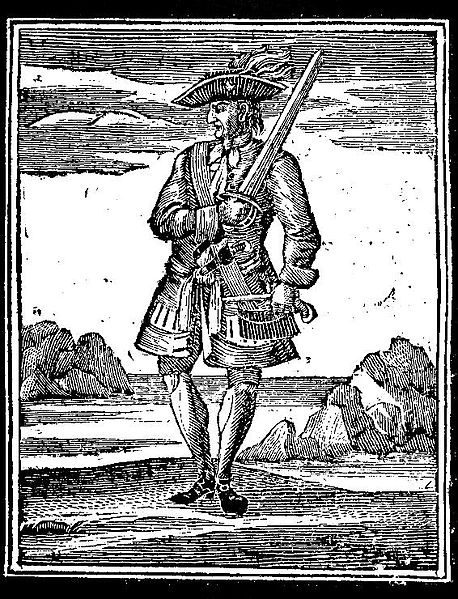
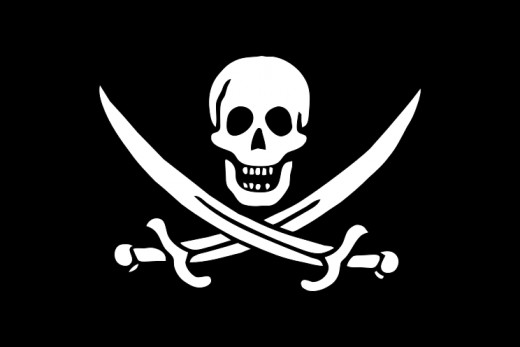
9. John "Calico Jack" Rackham
John Rackham (1682-1720), a.k.a. “Calico Jack” (so nicknamed because of his flashy, flamboyant style of dress) is remembered in pirate lore namely for two contributions. The first is his Jolly Roger, the famous skull and cross swords. This flag is what popularized the notion of the “Jolly Roger” and is most associated with pirates to this day. The flag was also used as the flag of the Black Pearl in Disney’s Pirates of the Caribbean movie franchise. The second would be the fact that he had two female crew members: Anne Bonny who was his lover, and Mary Read who had initially disguised herself as a man.
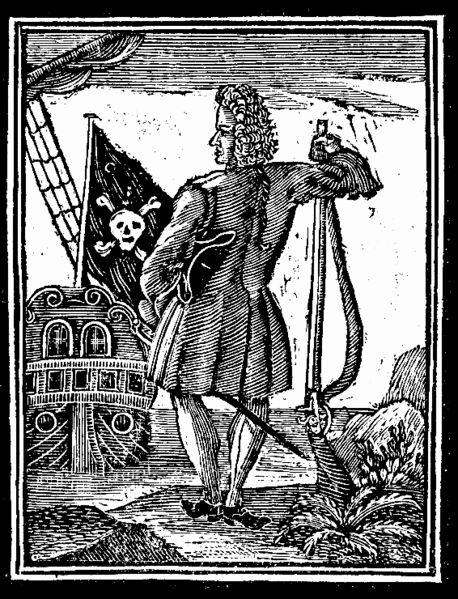
8. Stede Bonnet
Stede Bonnet (1688-1718) is the one who popularized the notion of “The Gentleman Pirate”—before turning to piracy, he had been a wealthy landowner in Barbados. Unlike most pirates who seized their ships by mutiny or boarding or were converted privateers, Bonnet simply contracted the construction of his ship, the Revenge. In fact, the reason why a rich guy like him became a pirate in the first place was simply to get away from the consistent nagging of his wife! Bonnet joined up with the pirate fleet of Benjamin Hornigold and Edward Teach and for a time turned command of his ship over to Teach. Eventually he was defeated in the Battle of Cape Fear River and executed in Charlestown.
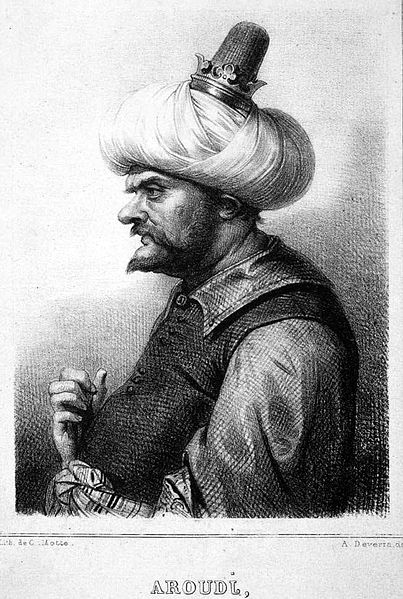
7. Aruj Barbarossa
The brothers Aruj (1474-1518) and Kheiredden (1478-1546) were a pair of Barbary pirates, corsairs, and privateers of the Ottoman Empire. Aruj first began attacking ships in the Aegean to counter act the Knights of St. John of the Island of Rhodes. Eventually he was captured by the knights and sold into slavery but managed to escape. Even more successful pirate attacks Christian strongholds in the Mediterranean granted him the nickname “Baba Aruj”, due to how he acted like a father toward his fellow Muslims, and “Barbarossa” (Red Beard) to his Spanish and French enemies due to his red beard. In 1516, Aruj captured Algiers and became its Sultan. To properly protect Algiers from Spain however, he had to relinquish his Sultanship by joining the Ottoman Empire, his home country, becoming governor instead. He was killed in battle in 1518 and his brother Kheiredden inherited his governorship, his piracy, and his nickname “Barbarossa”.
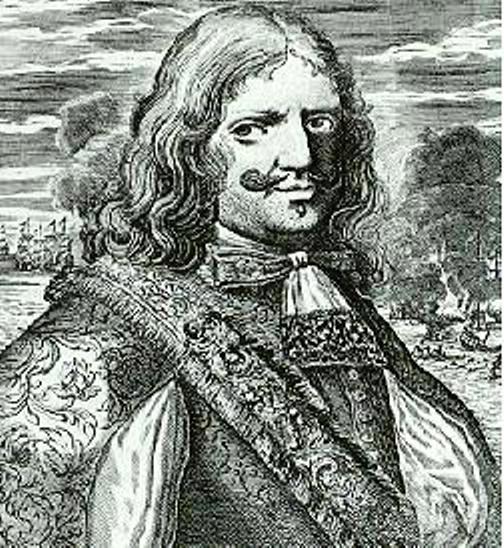
6. Sir Henry Morgan
Sir Henry Morgan (1635-1688) is probably the most successful privateer amongst them all. At different times a privateer, a pirate, and a Royal Navy admiral, Morgan’s success can be attributed to the way in which he took advantage of the tensions between England and Spain. Morgan exclusively targeted Spanish ships and strongholds in the Caribbean, buying favor with the English as a privateer while simultaneously building up his own wealth. Even after being arrested for the sacking of Panama, Morgan avoided punishment by proving that he had no knowledge of the recent peace treaty between England and Spain, and when relations with the Spanish further deteriorated, Morgan was given a knighthood and a post as lieutenant governor of Jamaica in 1675. While Morgan’s actions would eventually herald in the Golden Age of Piracy, none of the pirates who came after him would ever be as successful as he had been.
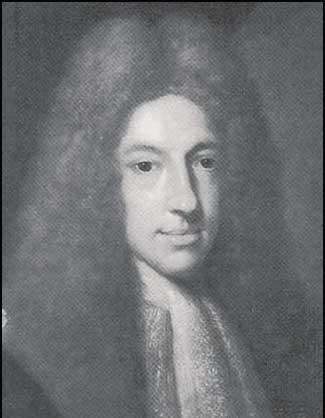
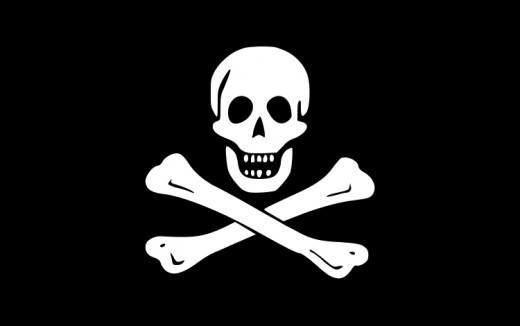
5. Samuel “Black Sam” Bellamy
In terms of accumulated wealth through plunder, “Black Sam” Bellamy (1689-1717) was the wealthiest pirate managing to make what (according to Forbes magazine) would today be the equivalent of $130.1 million. Originally a crew member of Benjamin Hornigold; a number of his crew grew dissatisfied with Hornigold’s unwillingness to attack British ships and left him to form their own crews, Bellamy being one of them. He eventually captured the state-of-the-art slave ship Whydah Galley, by trading for it with one of his own ships the Sultana Galley. This sense of generosity is what made Bellamy noteworthy along with his good manners, the fair treatment of prisoners, and democratic style of captaincy which led him to be likened to as a “Robin Hood of the Seas”. He was also known as “The Prince of Pirates”. Basically he was the complete opposite of the bloodthirsty Edward Low. Also of note is that along with Calico Jack, Black Bellamy’s Jolly Roger would also define the look of the pirate flag: the skull and cross bones.

4. Bartholomew Roberts
Bartholomew Roberts (1682-1722) was the most successful pirate of the Golden Age of Piracy, ever. That is, in terms of number of ships captured: at his height, Roberts had 470 captured ships under his command. Roberts is also famous for his distaste of drunkenness, namely preferring tea over rum. With a reputation for being fair and honorable, Roberts and his crew operated a strict pirate’s code that emphasized fair treatment of each other. This method actually made him quite popular amongst the locals and it came as a shock to many when he was defeated in battle against the HMS Swallow, ironically because his crew was drunk. He was posthumously given the nickname “Black Bart” and his death is seen as many as the beginning of the end of the Golden Age of Piracy.
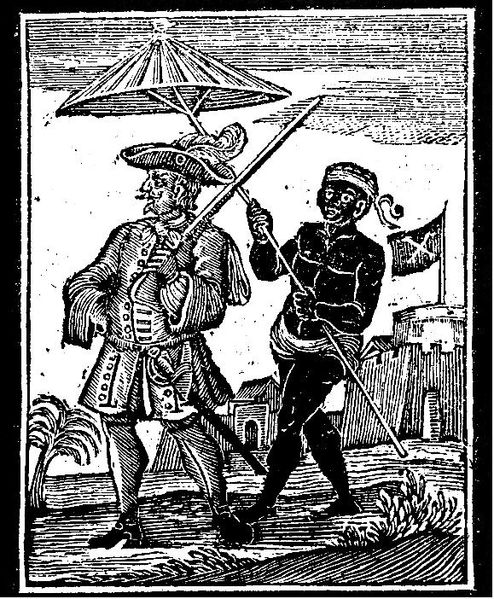
3. Henry Every
Henry Every (1659-after 1696) earns the number three spot for one reason: his nickname “The King of Pirates”. Every was one of the most notorious pirates of his time, especially because he was one of the few who successfully retired, never being captured or killed in battle. Above all of his pirate exploits (and there are many) Every is remembered for what has been called the most profitable pirate raid of all time: in early 1695, Every’s ship the Fancy sailed to the Arabian sea and captured the treasure laden ship the Ganj-i-Sawai and its escort the Fateh Muhammed. In this one raid alone Every captured about £600,000 in treasure, making him one of the richest pirates of his time.
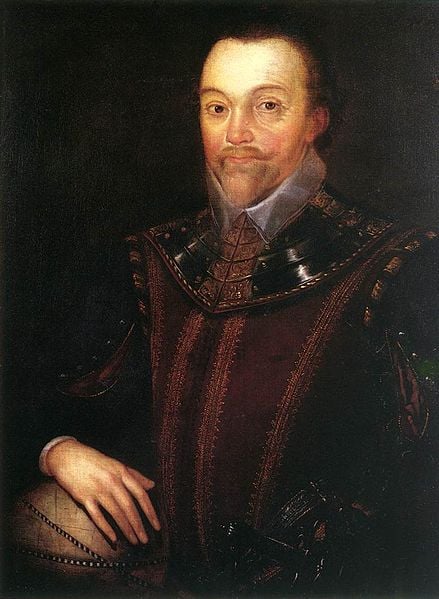
2. Sir Francis Drake
Hero to the English, notorious pirate to the Spanish, Sir Francis Drake (1540-1596) is perhaps the most famous privateer of all time. Starting in 1572, Drake began a campaign of raids against Spanish colonies at the Isthmus of Panama, becoming feared by the Spaniards as the pirate El Draque (the Dragon). Following the success of those raids, Drake began a campaign against Spanish colonies on the Pacific side of the Americas. After many difficulties, Drake launched a successful campaign against the Spanish along the pacific coast. To avoid capture, Drake and his men returned to England by sailing west becoming the second crew to ever circumnavigate the globe. The wealth he had accumulated filled the Royal treasury with more money than it had ever earned in years and thus Drake was granted a knighthood by Queen Elizabeth. Later on when the Spanish launched their invasion of England with their mighty Armada, Drake was second-in-command of the Royal Navy under Lord Howard of Effingham and successfully defended England and defeated the Spanish Armada.
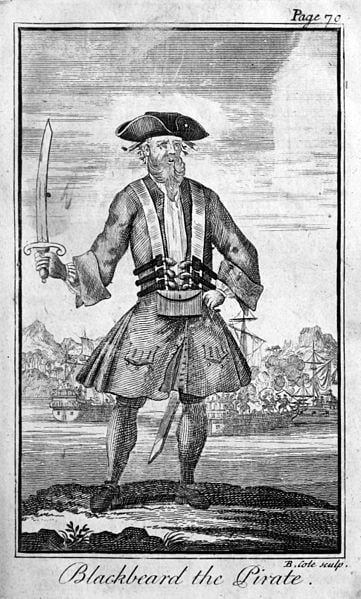
1. Edward "Blackbeard" Teach
Was there any doubt that he would be number one? No real life pirate has left as much of an impact on the popular and romantic perception of pirates than Edward “Blackbeard” Teach (1680-1718). First making his mark as the first mate of Benjamin Hornigold, Teach eventually branched out on his own after Hornigold’s retirement and would come to command a captured French merchant ship renamed Queen Anne’s Revenge. Teach was known for his shrewd, calculating mind and his effective use of dramatic flair in his tactics. Blackbeard understood that one of the most effective ways to capture enemy ships was to scare them into submission. To that end, when boarding ships Blackbeard would dress entirely in black and place smoking fuses in his hair and beard to make it look as if he were some kind of devil on fire. Eventually he got on the bad side of Alexander Spotswood, the governor of Virginia who sent out the HMS Pearl of the Royal Navy after him, commanded by Lieutenant Robert Maynard. Blackbeard was killed in combat against his nemesis Lt. Maynard and his decapitated head was hung on the Pearl’s bowsprit.
And those are just fifteen pirates who contributed to the perception of pirate lore today. There are many, many more who didn’t even make it on to this list—a venerable multitude of scoundrels sailing the high seas.
Sources
- A General History of the Pyrates - Daniel Defoe - Google Books
- PiratesAhoy! - Pirate Games | Reviews | News | Forum
PiratesAhoy! - A community for pirate themed games - Top-Earning Pirates - Forbes
Avast, me hearties--here be the baddest buccaneers who ever plundered a piece of eight. - The Republic of Pirates: The web's ultimate source on the real pirates of the Caribbbean and the Gol
You can also read...
- 10 Amazing Legends Of Ninjas From History - Listverse
Ninjas: those silent, stealthy spies and assassins of Japan’s Sengoku era have captured the minds of people all over the globe. So much of them has been ro


